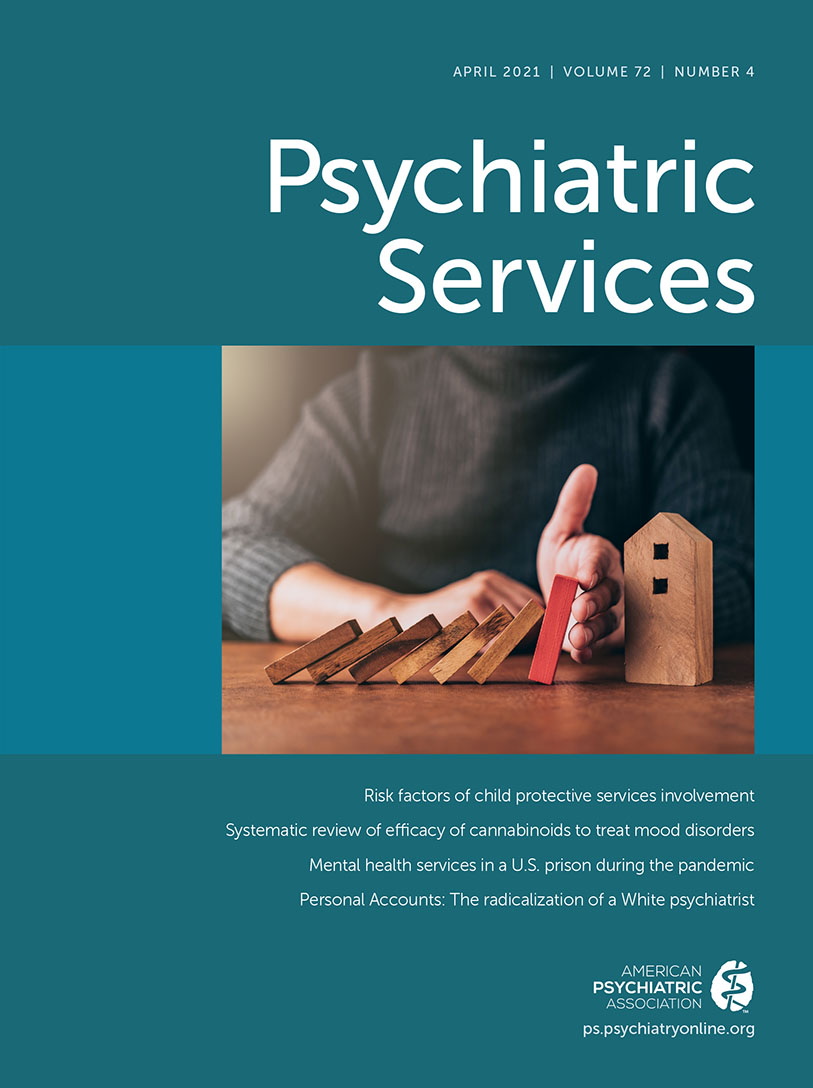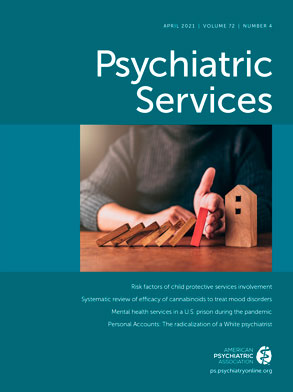The Chilean health care system involves a combination of public and private financing (general taxes and individual fees), insurance (a single public insurer and multiple private insurance companies), and delivery (public and private facilities and providers). Unfortunate consequences of this mixed system are that the wealthiest segment of the Chilean population is largely concentrated in the private insurance sector and that the public insurer is responsible for the care of those with the greatest health care needs. Since the late 1990s, Chile has had marked economic growth. For example, in 2018, the per capita gross domestic product of Chile was US$25,283.90, up from US$4,511.17 in 1990 (World Bank estimate at current international US$). In parallel, the Gini coefficient fell from 0.57 to 0.46 (World Bank estimate). However, significant inequities remain in many areas, including health care, which is reflected in differences in access and intensity of use of health care services among people from different socioeconomic strata (
1).
In 2005, Chile launched a national schizophrenia treatment program to provide universal health coverage for people with this mental health condition. This program was part of a larger reform of the administration, delivery, regulation, and financing of health care enacted into law that same year after a major political struggle. The law aimed to improve quality of care by prioritizing a set of health conditions for which several guarantees would be offered—primarily that beneficiaries would receive care in accordance with clinical guidelines; wait no longer than a preset period for diagnosis, treatment, or follow-up; and have affordable out-of-pocket expenses (
2). Importantly, the program of explicit health guarantees (known as the acronym GES, for
Garantías Explícitas en Salud) applied to both the public insurer and all private insurance plans. Because the public system covers 79% of the population and the private system covers 19%, only 2% of Chileans, who are covered under special health systems for the armed forces and police, are not included in the GES program.
The Chilean government regulates the priority conditions covered by the GES, the corresponding guaranteed health care services, and the fees for these services. The public insurer preferentially utilizes public facilities but must pay for services delivered by private providers if the public facilities cannot provide timely and appropriate care. Private insurers have established a group of preferred private providers but are required to pay for services delivered by public providers in geographic areas where these providers are the only ones with the appropriate specialists or infrastructure. Patients may choose whether or not to use the GES plan (see diagram in an online supplement to this column).
GES Coverage of Schizophrenia Treatment
Schizophrenia was the only mental health problem included in the original list of 25 GES-covered conditions in 2005. As the number of mandated-coverage conditions progressively increased to 85, another three mental health conditions were added to the list. Schizophrenia was selected because of the severity of the associated psychotic episodes, high potential for causing disability early in life, repercussions for the family of the individual with the disorder, and high cost of treatment. In addition to these considerations, advocacy of professional organizations and families influenced the decision to include schizophrenia in the GES. Furthermore, its inclusion was facilitated by the fact that this condition had been addressed as part of a national mental health plan launched in 2000, and partial measures had already been undertaken to improve care for patients with schizophrenia. The GES for schizophrenia includes four mandates described in the following.
Treatment for a first episode of schizophrenia or a suspected first episode.
Services as needed are covered during the first year after diagnosis, followed by continued treatment for the duration of the disorder, although at a lower frequency of contact. In cases of a suspected schizophrenic episode, patients will receive a diagnostic evaluation and initial treatment for up to 180 days.
Timely psychiatrist-led care.
Treatment by a psychiatrist must be provided within 20 days of referral by a nonspecialist physician.
Financial protection.
The maximum copayment is 20% of the value defined annually by the Ministry of Health for all services, including medications. Beneficiaries of the private system are responsible for the full copayment, but only the wealthiest 40.5% of public beneficiaries contribute to the copayment. Treatment is free for the remaining beneficiaries.
Quality of care.
Psychiatrists must be registered with the national board of physicians, which certifies the providers as specialists. Hospital facilities must also be accredited by the Chilean Superintendent of Health. The Chilean Ministry of Health has created a set of clinical guidelines that are reviewed every 5 to 6 years. These guidelines cover detection of schizophrenia in the primary care setting, outpatient treatment by multidisciplinary teams, algorithms to guide medication dosing, psychosocial interventions, and indications for outpatient (day hospital) or inpatient hospital treatment.
Covered Interventions
The interventions that insurance plans must cover are detailed in four sections below (copayment amounts are as of December 2019).
Initial evaluation for a first episode of schizophrenia.
Professional evaluations, routine laboratory testing, and antipsychotic medications are covered as needed. The maximum copayment is US$38 per service.
Evaluation for a suspected first episode.
In addition to the above services, plans must cover hospitalization or admission to a day hospital, as well as group psychosocial therapy for patients, family members, or caregivers as needed. The maximum copayment is US$18 per month.
Treatment during the first year after diagnosis is confirmed.
In addition to the above services, plans must cover individual, group, and family therapy; home visits; and psychosocial rehabilitation as needed. The maximum copayment is US$30 per month.
Treatment after the first year.
The above services must be covered indefinitely, although the frequency of home visits may decrease. Plans must also cover community-based treatment and supported home living as needed. The maximum copayment is US$25 per month.
The Public Mental Health Care System
The 2005 reform has had enormous significance for the care of people with schizophrenia. The Chilean public health care system is organized geographically, with semiautonomous service systems responsible for the delivery of primary, secondary, and tertiary care services to the population of a specific territory. A key milestone in the history of the Chilean public mental health system was the integration of mental health care services into this extensive public network in 1990. This policy led to the hiring of psychologists as part of the regular staff of primary care centers and to the creation of community mental health centers, day treatment centers, psychosocial rehabilitation programs, and group homes (
3). Despite these important steps, access to services and quality of care for people with schizophrenia were strikingly inadequate before the national schizophrenia treatment program was implemented in 2005.
The Private Mental Health Care System
The private mental health care system in Chile consists of services that include solo practitioners, a few outpatient psychiatric centers, and small inpatient psychiatric facilities. Although this system offered a greater availability of psychiatric and psychological services than the public system before the 2005 reform, the access, quality, and continuity of care of the private system were inadequate. Key factors that contributed to these inadequacies were limited coverage of mental health care and high costs due to copayments for psychiatrist and psychologist fees and to high prices for psychotropic medications in private pharmacies. As a result, a significant proportion of people with schizophrenia were not treated before the reform, and many families became impoverished in their attempts to pay for the health care of their family member with this disorder.
Chile’s National Schizophrenia Treatment Program
Using treated incidence as a measure of access to the Chilean health care system, we note that access to the system has improved since 2005. Assuming comparable ratios of incidence of treatment for schizophrenia to true incidence of this disorder in the beneficiary populations of both systems, we conclude that public plan beneficiaries are significantly more likely to use the schizophrenia GES program than private plan enrollees among all age groups, both sexes, and all regions of the country (
Table 1). Both populations had the highest treated incidence among individuals ages 15–24 years and a higher incidence among males than females. Public plan beneficiaries in highly rural regions had a higher incidence of treatment than those in largely nonrural regions, and the inverse was true for private insurance enrollees. The metropolitan region of Chile (including its capital city, Santiago), which has low levels of rurality, had a significantly higher incidence of schizophrenia than other regions among both insured populations.
It is worth noting that the incidence of treatment for schizophrenia for public plan beneficiaries in Chile is within the range typically described in the literature for many other countries (
4,
5). This incidence information suggests that the GES program for people with schizophrenia plays an important role in facilitating timely access to care for publicly insured beneficiaries. The high level of coverage in rural regions provided by the public insurer is noteworthy, although the drivers of the higher detected incidence of schizophrenia in these areas are unclear and require further study. Although this program has achieved a significant level of decentralization in both the public and the private systems, incidence of treatment for schizophrenia remains highest in Chile’s metropolitan region. This finding may be attributable to a greater supply of services and concentration of professionals in this area, but we cannot rule out that this may be due to multiple risk factors for schizophrenia associated with large urban areas.
The principle of universal coverage that inspired the GES contributes to improved access to mental health care for the most vulnerable people with schizophrenia. However, it is unknown whether quality of care and patient outcomes have also improved; they have not been comprehensively measured. The cost-effectiveness of GES-covered mental health care also has not been measured. A previous study concluded that in the public sector of Chile’s mental health care system, adherence to treatment guidelines was good for pharmacological treatments but only average for psychosocial treatments (
6). The study also found low utilization of symptom scales and diagnostic measures among public-sector providers.
The next iteration of the clinical guidelines for mental health care should include new evidence-based interventions for early nonaffective psychosis, such as coordinated specialty care with multielement interventions, including low doses of antipsychotic medications, cognitive-behavioral therapy, family education and support, and educational and vocational rehabilitation (
7–
9).
Different nations have proposed and enacted diverse policies and financing to improve mental health care services for people with schizophrenia (
10). The novelty of the Chilean model is that its regulations apply to both the public and private mental health care systems, including insurance companies and providers, with provisions to promote parity coverage for general medical health conditions and guaranteed care beyond the first episode of schizophrenia.
Several lessons have been learned from the implementation of the Chilean national schizophrenia treatment program that may be of interest to countries that are considering implementation of a national strategy for the management of schizophrenia. First, the formulation of new health care policies represents an important window of opportunity for mental health care reforms, including the incorporation of mental health care parity strategies. Second, socioeconomic and geographic inequities may be reduced through policies that include regulations and financing mechanisms and resource allocation aimed at both the public and private health care systems. Moreover, a single national policy has the potential to improve access to early schizophrenia care for all, a critical public health care objective given the prognostic implications of reducing the duration of untreated psychosis. Finally, one of the difficulties in implementing the program was not considering a monitoring system for the quality of care and patient outcomes, which is why the Chilean experience underscores the importance of including a system that starts monitoring at the beginning of program implementation.

